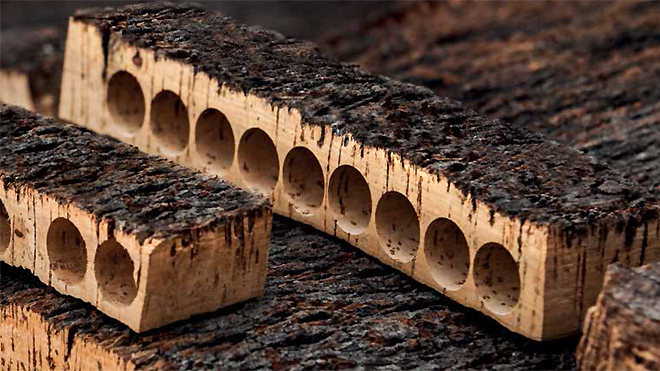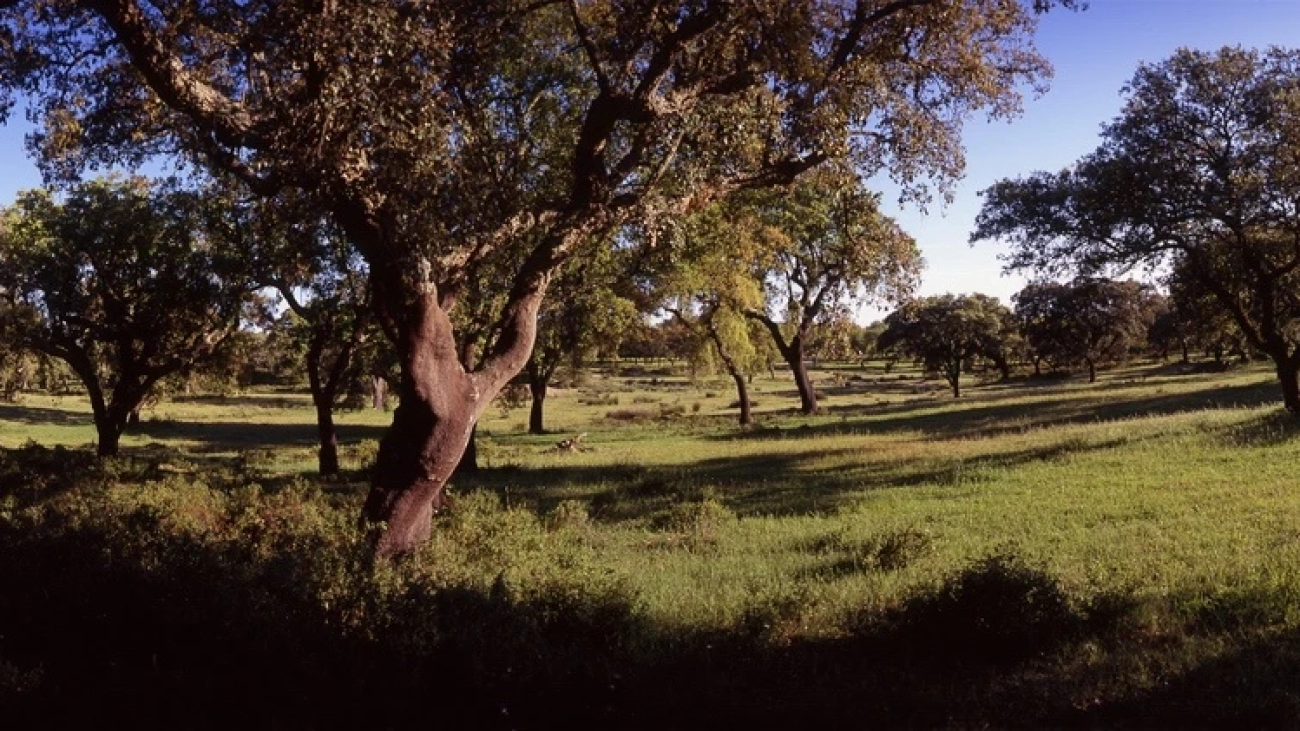There are more solutions than obstacles. Nicolas Zart
In the latest episode of The Ways We Move on Buzzsprout and YouTube, host Nicolas Zart presents the story of cork, an ancient natural material that is becoming essential across several advanced mobility sectors. Historically linked to wine bottles and sandals, cork’s applications have moved into conventional transportation industries, such as engine mounts on cars, trains, and sea vessels, and now advanced air mobility (AAM) and spacecraft.

Cork: From Earth to Space
The podcast notes cork’s use by NASA and the European Space Agency, emphasizing its unique properties such as being lightweight, fire-resistant, and flexible. These qualities make cork suitable for thermal and electric magnetic interference shielding in spacecraft, insulation for electric vehicle batteries, and vibration damping in trains and marine engines. The material can withstand temperatures up to 2,200 degrees Celsius, making it valuable for protecting vital systems where operational integrity is critical.
Portugal leads global cork production and practices sustainable harvesting. Cork bark is collected every nine years without harming the tree, allowing forests to continue carbon capture while supporting local economies. Industry leader Amorim powers 70 percent of its operations with cork production byproducts, ensuring minimal waste and environmental impact.

On the mobility front, BMW and Tesla have incorporated cork into their electric vehicles. The BMW i3’s interior, for example, combines modern design with the warmth and sustainability of cork, creating a unique passenger experience. Cork’s growing role also includes applications in electric vertical takeoff and landing aircraft, where it provides battery fire protection and shields against electromagnetic interference, both critical for advanced air mobility.
Beyond terrestrial uses, NASA’s Artemis lunar habitat projects use cork for insulation. Airbus employs cork for cryogenic hydrogen system insulation. Researchers at MIT are investigating cork sensors for real-time battery health monitoring. These developments highlight cork’s balance of high performance with a negative carbon footprint—rare for high-technology materials.
The episode concludes with environmental data, noting that cork stoppers produce 25 percent fewer greenhouse gas emissions than plastic or aluminum alternatives. Harvesting supports both sustainable forestry and local economies, blending tradition with innovation. Cork’s importance extends to urban air mobility, electric vehicles, and future extraterrestrial habitats, a testament to its versatility and sustainability.
Cork in sustainable air mobility is more than a material trend; it illustrates how established, renewable resources can meet the safety, performance, and environmental standards of next-generation transportation.

